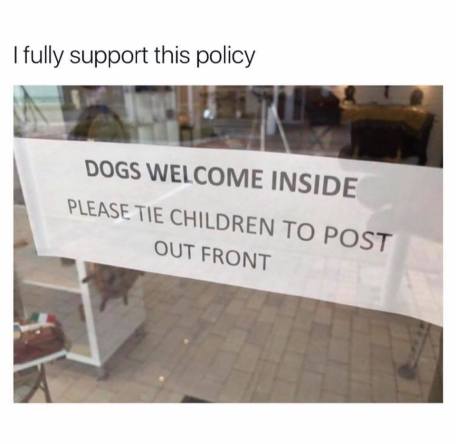
I first came across the Blackfish trailer in 2015 during a university class presentation and since then, it completely transformed my opinions on animal rights. To be honest, I’ve never been a huge ‘animal lover’ or advocate. I tend to keep my distance when it comes to any sort of animal or pet except when they are on display and the purpose is to actually admire them, like a zoo. The trailer pulled me in; and by the end of the presentation I had searched as much as I could on Tilikum. I went home that day and watched it on Netflix and told everyone around me about this amazing documentary. They were just as surprised as I was, finding out I had watched a documentary, let alone one about whales.

The aim of Blackfish was to gain awareness on captivity of orcas and the use of them for entertainment purposes. SeaWorld was targeted and blamed for the mistreatment of Tilikum that resulted in the death of three individuals. It completely convinces audiences that SeaWorld was ignorant and didn’t take extreme caution and appropriate safety measures. The documentary is compelling and emotional, making viewers disturbed and empathise for Tilkium through anthropomorphism.
Anthropomorphism is used in many animal based movies and television series. It encourages viewers to ‘interpret animals’ mental and emotional states by using their own mental and emotional states’ (Demello, 2012). Basically, movies give animals human- like features, characteristics, mannerisms and emotions which allow us to be sympathetic and understanding. Blackfish does this by emphasising the importance of family within killer whale pods with scenes of separation between the parents and the calf. Interviewees further gained audience understanding by relating the orcas’ mistreatment to our human experience- ‘if you were in a bathtub for 25 years, don’t you think you’d get a little psychotic?’

Classic animated, animal based movies use anthropomorphism to successfully attract kids, creating empathy and lovability that ultimately generates favouritism for the character. Finding Nemo humanises protagonists and sub characters that are considered ‘good’ while presents ‘bad’ characters and enemies as marine animals in their natural state. The non- threatening animal characters in Finding Nemo are able to communicate with protagonists, even the sharks, however those animals that pose a threat to the characters such as the bulb lighted, angler fish or the jelly fish are animalised and in their predator state. The sharks however, are presented as friends, having a commemorative meeting stating their motto, ‘fish are friends, not food’, unnatural to their real predator instincts.
The marine animals presented in Finding Nemo have humanness physical characteristics. Their eyes and mouths are significantly bigger, mimicking human characters. Their emotions are accurately represented through their facial features and expressions. These techniques used by film directors effectively presents the marine animals as friendly and lovable. This way they can successfully sell the characters through merchandise and stuffed toys rather than their natural state.
While thinking of the various animal based animated films, I found a similar connection between many. They all seem to identify humans as the top of the food chain, the most powerful and the ones that are responsible for the mistreatment and suffering of the animal protagonists. I remember watching Finding Nemo and identifying the scuba diver/ dentist as the ‘bad guy’ for taking Nemo away from his family. However, in reality, he’s just your average Australian. Nonetheless, the film encourages the idea that wild marine animals shouldn’t be kept in captivity as pets, ‘challenging the viewer to see captivity as harmful’ (DeMello, 2012).

Anthropomorphism can create a misconception and expectations that animals are like humans when they aren’t. They have a different emotions and brains that are still being studied to this day. In ways, we present animals as being the same level as us however, we treat them as if they are inferior to us. Blackfish, till this day still has an effect. Seaworld profits decreased dramatically and ‘its stock price declined by 60%’ (Chattoo, 2015). Animal rights campaigns were brought to action and reaching new audiences and supporters than ever before. Ultimately, although it may be misleading to anthropomorphise nonhuman animal characters, it promotes human understanding and generates concern for animals.
References:
Cowperthwaite, G. 2013, ‘Filmmaker: Why I made Blackfish’ in CNN http://edition.cnn.com/2013/10/23/opinion/blackfish-filmmaker-statement/ visited 28/3
DeMello, M, 2012. Animals and Society: An introduction to Human- Animal Studies, New York: Columbia, UP.
Hickman, D. 2015, Blackfish: proof that documentary can be a powerful force for change in The Conversation. Visited 28/3
http://theconversation.com/blackfish-proof-that-documentary-can-be-a-powerful-force-for-change-50494
Leane, E. Pfennigwerth, S. 2013. Chapter two in Considering Animals, Ashgate, Farnham.




